WASHING TIPS
Find out how you can change your washing habits and follow the care instructions for each product and material - these are just a few small steps you can take towards greener washing.
We tell you absolutely everything, and we have a simple, quick and effective recipe for a homemade laundry liquid to share with you!
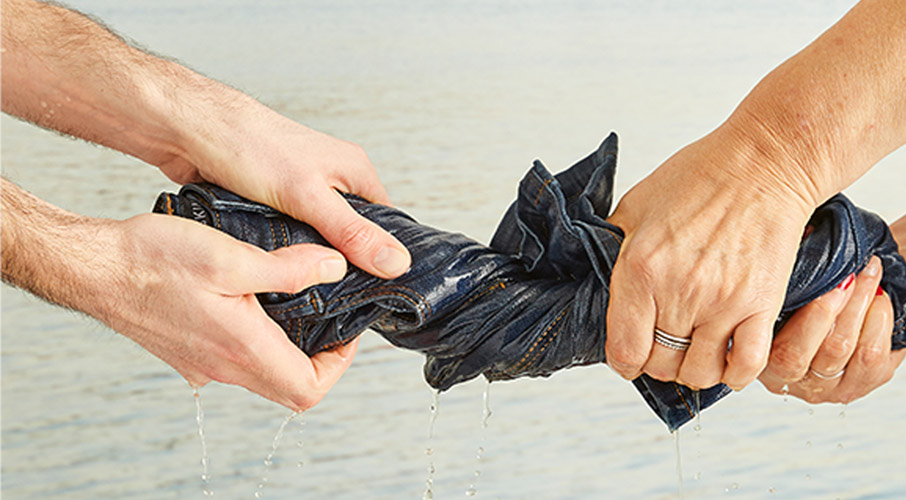
Let's wash less but wash better!
Machine washing causes pollution and consumes energy
The best way to save energy when washing clothes is to wash them less frequently and a little differently!
Here are a few tips to remember for a more ecological wash:
#1 Try not to wash clothes every time they have been worn. If they are not stained, simply air the clothes, which will be enough to remove the odours... If they are stained, pre-wash the stains before you wash them. This is a good way to prevent stains from becoming embedded in the fabric and help them disappear more easily.
#2 Run washing machines at times of low consumption: a good practice to avoid energy consumption.
#3 Always fill the drum of your machine.
#4 Machine washing clothes can release plastic micro-fibres into the waste water. To avoid the release of micro-waste, you can put the items into a washing bag. This will easily filter and collect the finest micro-fibres released by the textiles, and you can dispose of them in the rubbish bin. Discover the Guppyfriend® washing bag .
#5 When you do the washing, if you can, reduce the temperature of the wash cycle as much as possible. A 30°C cycle is sufficient most of the time. And choose fast cycles (one hour) except for very, very dirty laundry.
#6 Don't use fabric softeners. They often contain allergens. It's much easier to replace the softener with half a glass of white vinegar every time you wash. The vinegar will dissolve the limescale and make the linen more supple, and will also be kind to your machine.
#7 Use less detergent. And if you can, use environmentally friendly detergents or make your own.
#8 Take the laundry out of the machine as soon as it is finished. This will prevent wrinkles and odours.
#9 For drying, we recommend air drying: you will save electricity and wear out your clothes less quickly.
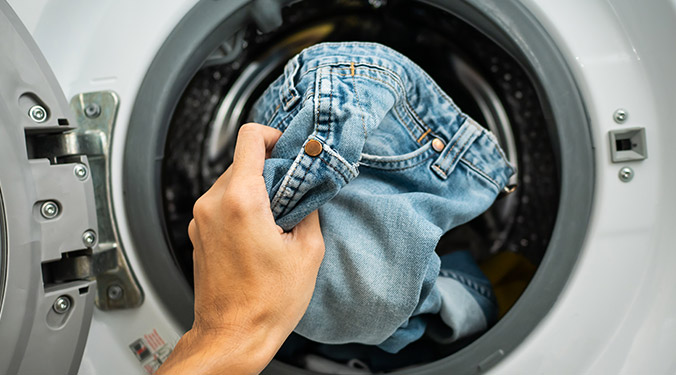
Washing our clothes wears them out
The best way to keep yours in perfect condition is to take good care of them.
Here are a few tips to bear in mind to make them last longer: :
#1Before washing them, remember to read the washing labels on the products and follow the care instructions.
#2 If the items have zippers, buttons or hook and loop fasteners, fasten them before you put your clothes in the machine. This will prevent clothes from getting caught between them and getting damaged.
#3 If you have a washing bag, place the most delicate products in the bag so that they are well protected during the wash cycle. Using the washing bag will avoid rubbing and help to limit pilling of the clothes. Discover the Guppyfriend® washing bag.
#4 The tumble dryer is neither the best friend of our planet nor our clothes. The tumble dryer can pull clothes out of shape, especially if they contain synthetic fibres (elastane, polyester, and so on). So, dry them in the open air if you can, which is less harmful to textile fibres.
#5 If possible, avoid using an iron at high temperatures. That isn't good for delicate fibres either!
#6 To store clothes simply fold them and put them in your cupboard to keep them in shape.
More ecological, more natural and more economical, with the added bonus of a little pride in having made it yourself.
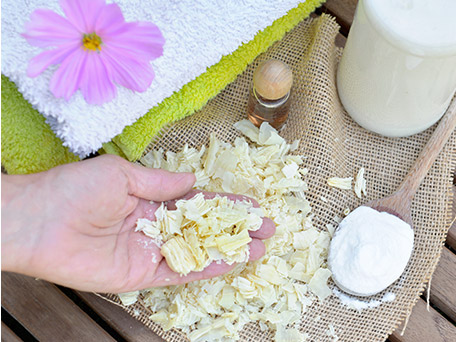
50 g of natural soap (such as Marseille soap for example)
1 tablespoon of baking soda
1 litre of water
10 drops of essential oils (optional). The essential oil will perfume your laundry. You can choose the one you like: eucalyptus, lavender
The equipment you need:
a 1-litre container, preferably made of glass
a grater (necessary if you are using a bar of soap)
a tablespoon
a set of scales
a funnel
a pan
Grate the bar of soap finely (unless you bought it as shavings)
Heat the litre of water and add the soap shavings.
Let it cool, then add the baking soda and drops of essential oils.
Shake it vigorously or mix it so that it is not too solidly compacted.
Let it cool and pour into a laundry liquid bottle or a glass container.
To use:
Shake before each use
Dosage: 10-15 cl maximum
Washing advice by product
Each type of garment requires special attention if you are to take good care of it.
Remember to read the washing labels on the items and follow the care instructions. This will help you to take care of your favourite clothes and make them last longer.
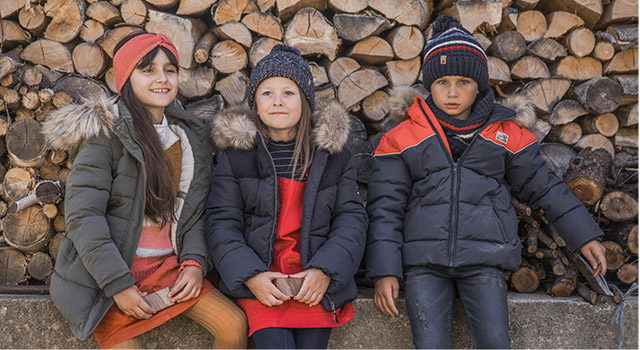
Coats
All our coats are machine washable.
To prevent the garment from becoming snagged and damaged, remember to close the zips and buttons tightly before putting it in the machine.
For easy maintenance, the edges of the hood, finished in imitation fur, are removable.
And to keep your coat looking as puffy as possible, we recommend tumble drying it in a dryer with... tennis balls! The mechanical action of the tennis balls in the dryer helps with better distribution of the padding, and the garment will come out less flat.
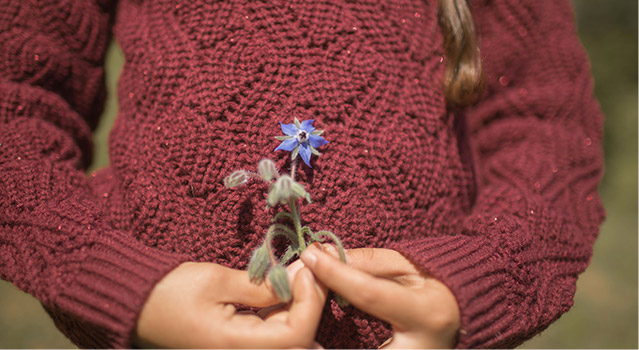
Knits
All our jumpers are machine washable: choose a 30°C cycle and wash them with similar colours.
Avoid mixing your knitwear in the washing machine with stiffer pieces or with anything with self-gripping strips. Friction could increase pilling of jumpers and cardigans.
For drying, ban the tumble dryer! Dry jumpers flat on a towel, and fold up the sleeves so that they don't stretch.
If you wish, you can iron them on the reverse side so as not to damage the knit.
And to ensure that jumpers keep their attractive shape over time, avoid storing them on a hanger: simply fold them up and store them flat in the wardrobe.
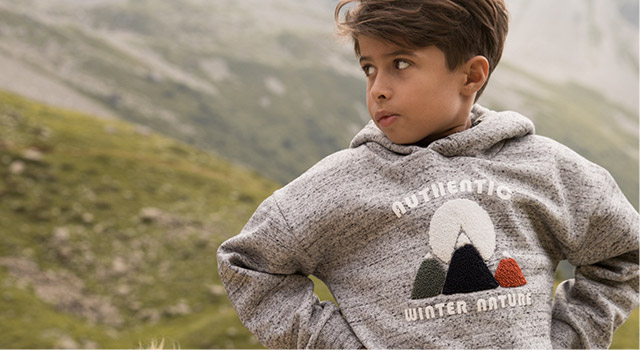
Sweatshirts
Our sweatshirts are made of pure cotton or contain a minimum amount of polyester (polyester gives the sweatshirt extra bulk). To offer you higher-quality products, we try to limit the percentage of polyester as much as possible. This prevents the material from pilling after several wears and washes, thus prolonging the product's life.
Sweatshirts are machine washable at 40°C. But if you can, wash them at 30°C, which is just as effective, and less harmful to the environment and to the garment. A neat trick is to wash them inside out to preserve the design printed or embroidered on the sweatshirt.
For drying, avoid the tumble dryer, and, if you can, dry clothes flat on a clothes dryer or on a towel, so they do not get pulled out of shape.

T-shirts
We advise you to machine-wash your t-shirts at 30°C. The trick is to wash them inside out to preserve the design printed or embroidered on the t-shirt.
For drying, avoid tumble drying, and, ideally, dry in the open air.
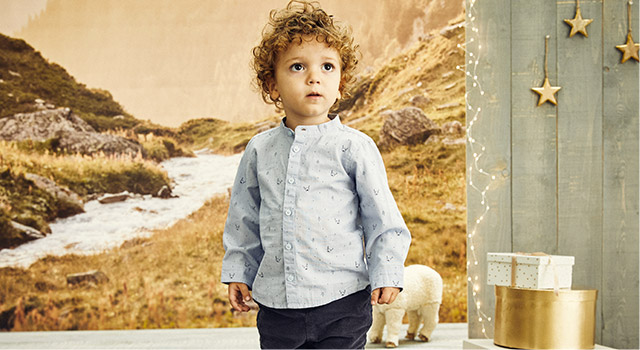
Shirts
Shirts made of pure cotton are machine washable at 40°C. But if you can, wash them at 30°C, which is just as effective, and less harmful to the environment and to the garment.
To prevent them from coming out of the machine too wrinkled, use a moderate spin and hang them on a hanger to air dry while they are still damp.
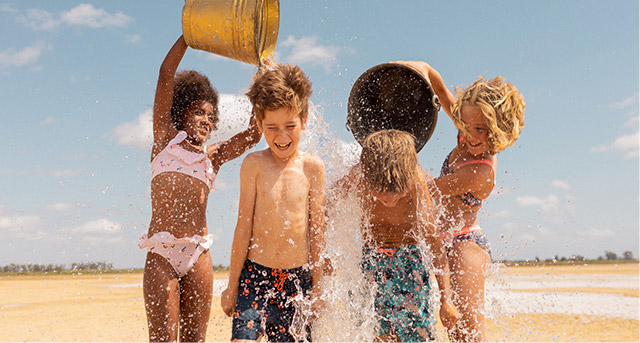
Swimsuits
Before they go swimming, you apply sunscreen to protect your children from the sun. But try not to spread it on the swimsuit as well, as you could damage its colour or weaken the elastics.
After swimming, avoid rolling your wet swimsuit into a ball at the bottom of the bag: rinse it in clear water and dry it laid out flat, in the open air and in the shade if possible.
At the end of the holidays, wash your swimsuit inside out in the washing machine at 30°C. Dry it in the open air and then put it away, ready for the next ray of sunshine!
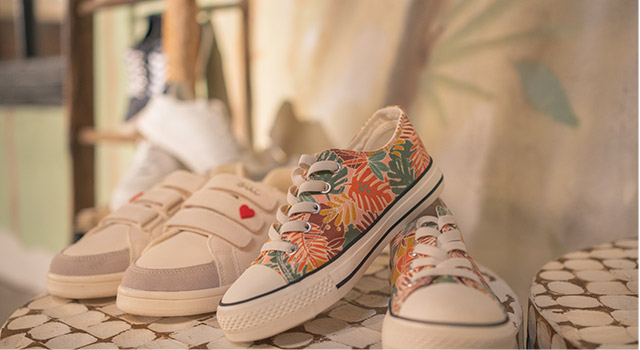
Shoes
For leather shoes: remember to waterproof them regularly or apply a cream to protect them. To remove a light stain, simply clean with a damp cloth. And if the leather is wet, let the shoe dry at room temperature.
For suede, whether real suede or imitation suede shoes: gently brush them dry. If they are very dirty, brush them with a toothbrush soaked in a solution of 2/3 lukewarm water, 1/3 white vinegar and a drop of washing-up liquid. Rinse them with a squeezed-out sponge.
For canvas or smooth polyurethane shoes: clean them gently with cold water and soap.
If the laces are dirty, you can machine wash them. Place them in a laundry bag (Discover the Guppyfriend® washing bag), so they don't get tangled up. Alternatively, let them soak in a glass filled with soapy water and white vinegar.
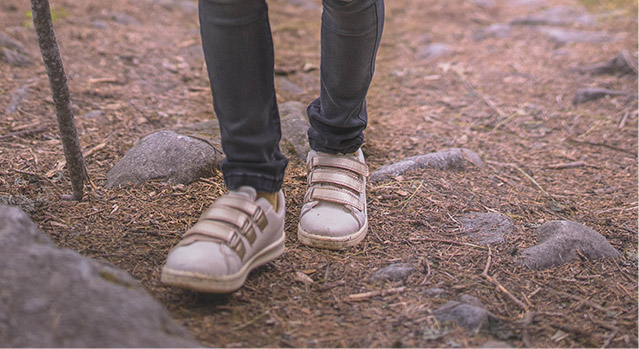
White sneakers
White sneakers and trainers have become a must-have in everyone's wardrobe. White, yes, because they go with any outfit. But the downside is they can get dirty very quickly.
So here are a few tips on how to clean them and keep them looking as good as new:
To remove earth stains, the secret is to rub them with a cloth moistened with a mixture of water and white vinegar.
To remove grass stains, nothing is better than brushing gently with a little 90°C alcohol.
To revive yellowed soles, you can use a toothbrush and rub them with a little toothpaste. Alternatively, you can use a cloth soaked in white vinegar.
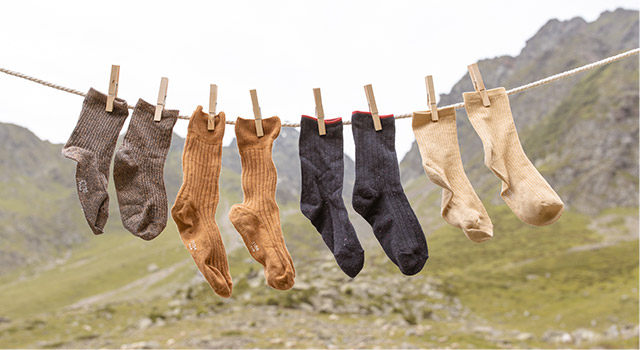
Socks
Our socks are machine washable at 30°C.
Ideally, they should be dried in the open air and avoid the tumble dryer. It's better for our planet, and it is better for our dear little socks too! If you absolutely must use your tumble dryer, do so at a low temperature (on a delicate or synthetics programme). Otherwise, the elastane in our socks risks losing its elasticity and, therefore, its comfort.
These little tips are simple... but, in the end, the most challenging part of sock maintenance is finding both of them when you empty the machine :)
#themysteryofthesocksthatdisappearedinthemachine

Bodies
Cotton is a natural material that is kind to your baby's fragile skin. At Tape à l'Oeil, we add a touch of elastane to our bodies. This ensures that the bodies we offer are comfortable and offer great freedom of movement.
Our bodies can be machine washed at 40°C and keep their shape very well after washing. But if you can, wash them at 30°C, which is just as effective, and less harmful to the environment and to the body.
But be careful, don't use the dryer! The heat of the tumble dryer could weaken the elastane fibre and cause the body to lose its shape after drying. Drying in the open air is better.
Washing tips by material
To care for the fibres of your children's clothing, and thus make them last longer, we advise you to separate the materials.
Washing clothes on different cycles, separating cotton, synthetics and wool, will prevent damage and pilling.
Remember to read the washing labels on the items and follow the care instructions. This will help you to take care of your favourite clothes and make them last longer.
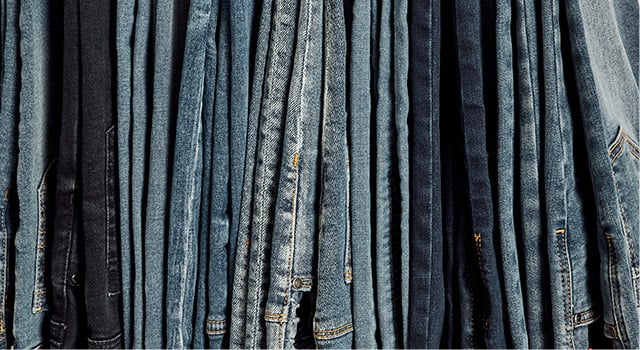
Denim
We often hear that you should wait at least a year before washing jeans to preserve their colour and limit wear and tear! So, obviously, with all the adventures our children get up to in their jeans, it's not necessarily easy to apply this rule :) But you can at least try to follow this advice:
Wash as little as possible.
Machine wash them inside out: choose the 30°C cycle and wash them with similar colours. Beware of dark jeans that may 'bleed' when first washed.
Don't use the tumble dryer (especially if they contain elastane) and let them dry in the open air, so they don't get pulled out of shape. Dry them hanging upside down, and don't twist jeans to wring them out.
Another simple washing method: soak the jeans in water between 15°C and 20°C for 30 minutes. A simple soaking helps them to wash properly.
If you wish to iron them, do it on the reverse, for preference.
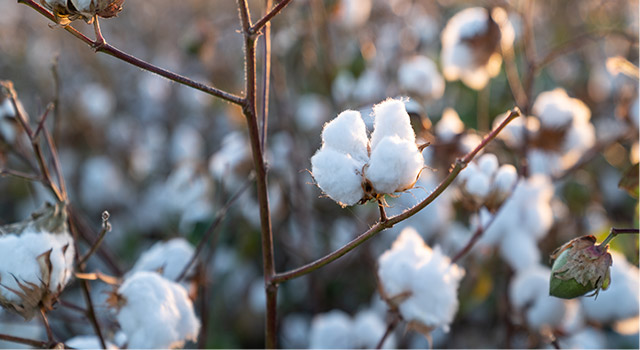
Cotton
Cotton is a very strong material that can be machine-washed at 40°C, but washing at 30°C is just as effective and less harmful to the environment and to the textile fibres.
Remember to keep the colours separate. And, to keep light colours looking as bright as new, pre-wash stains with lemon juice before you put them in your machine. Remember, it's always advisable to do a small test on a less visible part of the garment to make sure you don't damage it.
If you have to dry cotton clothes in a tumble-dryer, choose a low-temperature cycle, but we advise you to dry them in the open air as much as possible.
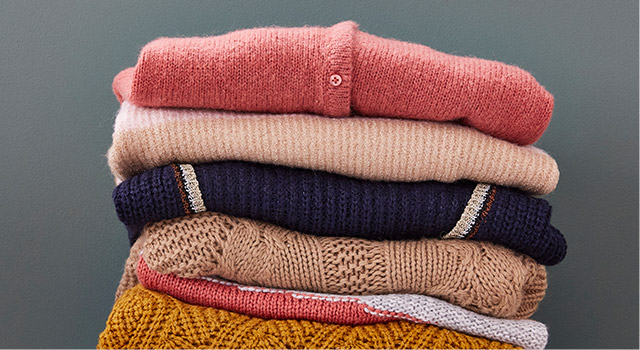
Wool
Wool is a natural, high-quality and warm material. But you have to take care of it, especially during washing!
The first thing to remember is to avoid washing wool products too often. Try to air woollen clothes as much as possible rather than washing them systematically after each wear.
If you must wash them, use a washing bag and a mild detergent or, better still, a homemade laundry liquid. Place wool clothes in the bag before you put them in your washing machine on the delicate or wool programme. Alternatively, wash them by hand.
Never tumble dry woollen garments! If they are still very damp after washing, blot them with a towel and then dry them flat on a clean towel. Roll up the sleeves, so they don't stretch. Don't twist them to wring them out and don't dry them on a hanger; otherwise, the knit may get pulled out of shape.
And to ensure they keep their beautiful shape for a long time to come, avoid storing them on a hanger. Simply fold them up and store them flat in the cupboard.
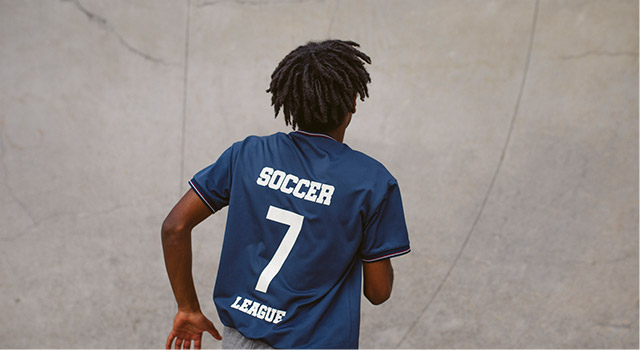
Polyester
Polyester is a synthetic material that has the advantage of being very strong, breathable and quick drying. This is why polyester is often used to make sportswear.
Polyester garments should be machine washed on a synthetics cycle. We recommend washing at 30°C, which is less harmful, both to the environment and the garment.
We recommend you don't tumble-dry polyester garments but let them dry in the open air as they dry very quickly.
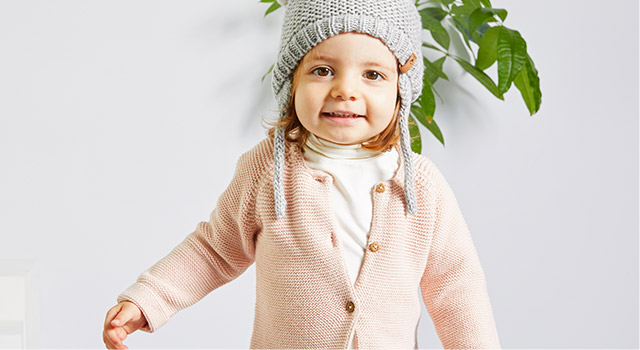
Acrylic
Acrylic is a synthetic fibre known for its softness. We mainly use it in our knitwear (jumpers, cardigans) and knitted accessories.
Acrylic products can be machine washed. Choose a 30°C wash; it is just as effective as a 40°C wash and less harmful to the environment and the product.
On the other hand, don't use the tumble dryer, which could weaken the fibres. Drying in the open air is better. If you need to dry a jumper or a cardigan, dry it flat on a towel, and fold up the sleeves, so they don't stretch.

Elastane
Elastane is a fibre renowned for its elasticity and comfort. That's why we often add a touch of elastane to our fabrics to give children a great deal of freedom of movement: we use it in our trousers, bodies and socks, for example. The collars of t-shirts, jumpers and pyjamas also have a touch of elastane to make them easier to pull over the head.
But elastane is a fibre that does not tolerate heat well. So don't worry about machine washing them, but choose a 30°C wash, which is just as effective as a 40°C wash and less harmful to the environment and the garment.
On the other hand, don't use the tumble dryer, which could weaken the elastane fibre and deform the garment by making it lose its elasticity. Drying in the open air is better.
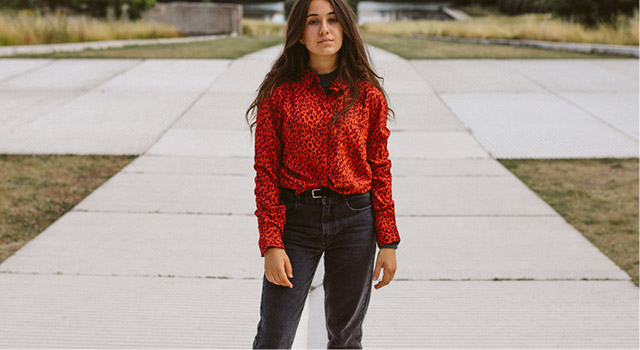
Viscose
Viscose garments are light and flexible and are easy to care for. It is machine washable at 40°C. But if you can, wash them at 30°C, which is just as effective, and less harmful to the environment and to the garment.
We recommend not putting viscose clothes in the dryer and letting them dry in the open air.
